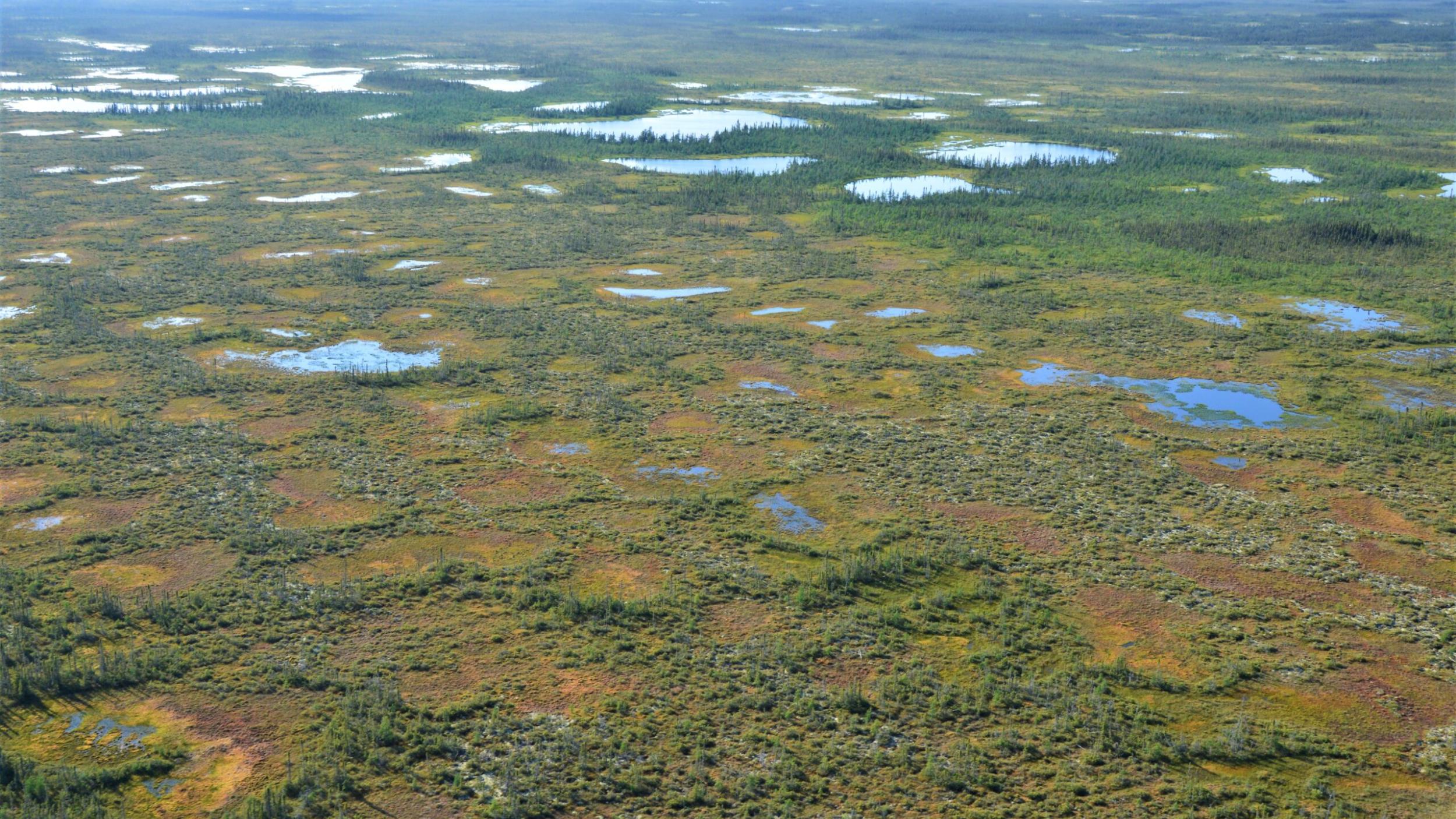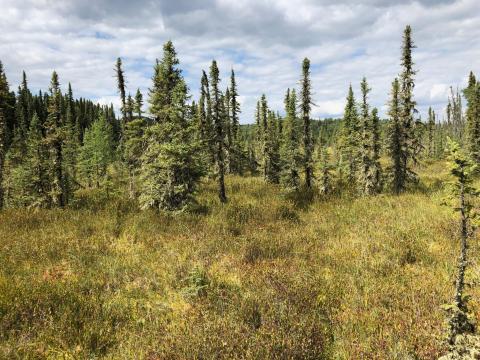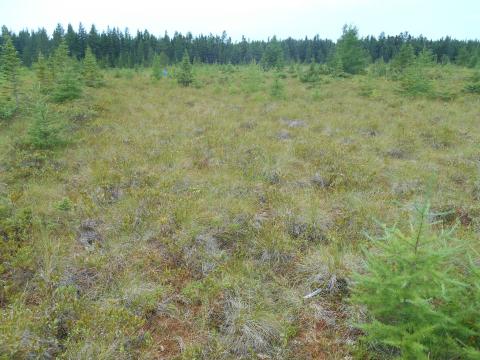Zombie fires are ravaging peatlands in France
Sep 30

Canada’s federal environment agency, Environment and Climate Change Canada (ECCC) revealed on March 29th 2022 their new 2030 Emissions Reduction Plan. Intended as a transparent, step-by-step roadmap towards Canada’s Paris commitment of reducing its greenhouse gas (GHG) emissions by 40-45% below 2005 levels by 2030 and reaching net zero by 2050, the Plan dedicates $9.1 billion in new investments to the effort. The Plan forms the first step in Canada’s Net-Zero Emissions Accountability Act, intended to help Canada improve its record on meeting its climate commitments – including periodic progress reviews in 2023, 2025 and 2027.
During the process of drafting the Plan, public consultations were held, and Canada hopes that the Plan reflects the visions of young people, workers, Indigenous Peoples and business owners who engaged in this process.
The plan includes direct emissions-reduction actions for all major sources, including buildings, transportation, heavy industry, and the oil and gas sector, incentivizes the uptake of electric vehicles and strengthens carbon pricing. Most notably for the Global Peatlands Initiative, the Plan reaffirms a commitment to “Investing in nature and natural climate solutions” through a $780 million fund to “conserve, restore and enhance Canada’s vast and globally significant endowment of wetlands, peatlands and grasslands to store and capture carbon.”
Justina Ray, President and Senior Scientist of Wildlife Conservation Society Canada, said: “Peatlands are one of the greatest carbon capture systems on Earth. If we want to fight climate change, keeping Canada’s iconic peaty muskeg landscapes intact is essential, for all our futures.”

About 25% of the world’s peatlands are in Canada, with 12% of its surface covered in these carbon- and biodiversity-rich ecosystems, some 1.1 million km2. The Hudson Bay Lowland, the biggest expanse of peatlands in Canada, is believed to store 30 gigatonnes of carbon, more than in all of Canada’s “managed” boreal forest. Unlike in Europe, most of Canada’s “vast and globally significant endowment” of peatlands is still intact, continuing to provide their essential ecosystem services. However, many are currently facing threats from mining for rare earth elements, oil and gas exploration, hydroelectric dams and peat extraction, while permafrost peatlands in the Canadian Arctic battle temperatures rising at over two times the global average rate. This Plan is a robust acknowledgement by the Canadian government of the value of peatlands and provides a potential keystone on which to pin efforts to protect peatlands from these threats and continue to manage them sustainably.
Maria Strack, Professor and Research Chair at Canada’s University of Waterloo, commented: “Canada is home to one quarter of the world’s peatlands, representing a valuable carbon storehouse of over 150 billion tonnes of carbon. Thus, Canada has the responsibility to understand the fate of this carbon and to support actions that help to keep this carbon in the ground and out of the atmosphere.”
While the Plan focuses on the significance of peatlands for climate, peatlands are also essential for people and constitute vital habitats for biodiversity both big and small, from the quintessential Canadian caribou to billions of migratory birds. Most boreal peatlands lie within the traditional homelands of Indigenous Peoples in Canada and have innumerable cultural and economic value to these communities. Indigenous Peoples have forever been the guardians of these landscapes, which they call “the breathing lands,” reflecting their essential role in the ecological metabolism. The Canadian government recognizes the importance of Indigenous-led conservation and has provided financial support for Indigenous Protected and Conserved Areas (IPCAs) and Guardians programs.
While most peatlands in Canada remain intact, albeit threatened, the degradation of some peatlands has caused significant damage in recent years. The devastating fires in Fort McMurray, Alberta, in 2016, which forced 90,000 people from their homes and cost over $9 billion, were so difficult to extinguish because much of the area lies on drained peatlands, which burn easily as carbon-dense soils, and can conduct fire underground, undetectable until it erupts to the surface elsewhere.
In recent years, positive examples of restoration of drained peatlands have taken place across Canada. For example, Bois-des-Bel is an area of peatland that had been extensively drained, then abandoned for 25 years with no sign of regrowth. Rewetting, creating pools and spreading sphagnum moss fragments enabled a recovery of the barren landscape to a functional ecosystem rich in flora and fauna in just five years. A study carried out 14 years after the rewetting determined that the restored peatland was once again acting as a net carbon sink. Restoration projects like this will benefit from the new natural climate solutions fund under the Emissions Reduction Plan.

As well as restoring peatlands, it is important to develop alternative activities that prevent their degradation in the first place. Susan Antler, Executive Director of The Compost Council of Canada, noted: “As Canada focuses on the value of conserving and protecting its peatlands, horticultural alternatives to peat, such as compost, will need to be available. We need to harness the advances in organics recycling to build capacity at the national scale to produce locally-made, renewable organic matter – compost – to substitute the use of peat in horticulture. As well as preventing peatland degradation, this also has the co-benefits of reducing methane emissions from food waste in landfill and the positive value of returning organic matter back to the soil not only to sequester carbon, but also to create healthy soils for increased fertility, cleaner water and enhanced biodiversity.”
Dianna Kopansky, UNEP’s Global Peatlands Coordinator, emphasized that “Peatlands are crucial ecosystems for people, nature and for our climate future. Canada’s new 2030 Emissions Reduction Plan elevates the country’s recognition of their importance and offers a welcome new angle for peatland conservation and restoration in line with the UN Decade on Ecosystem Restoration. We look forward to seeing this commitment and accompanying new funds translating into concrete actions on the ground to protect, restore and sustainably manage the globally significant peatlands across Canada”.
Sep 30
Sep 30
Aug 31